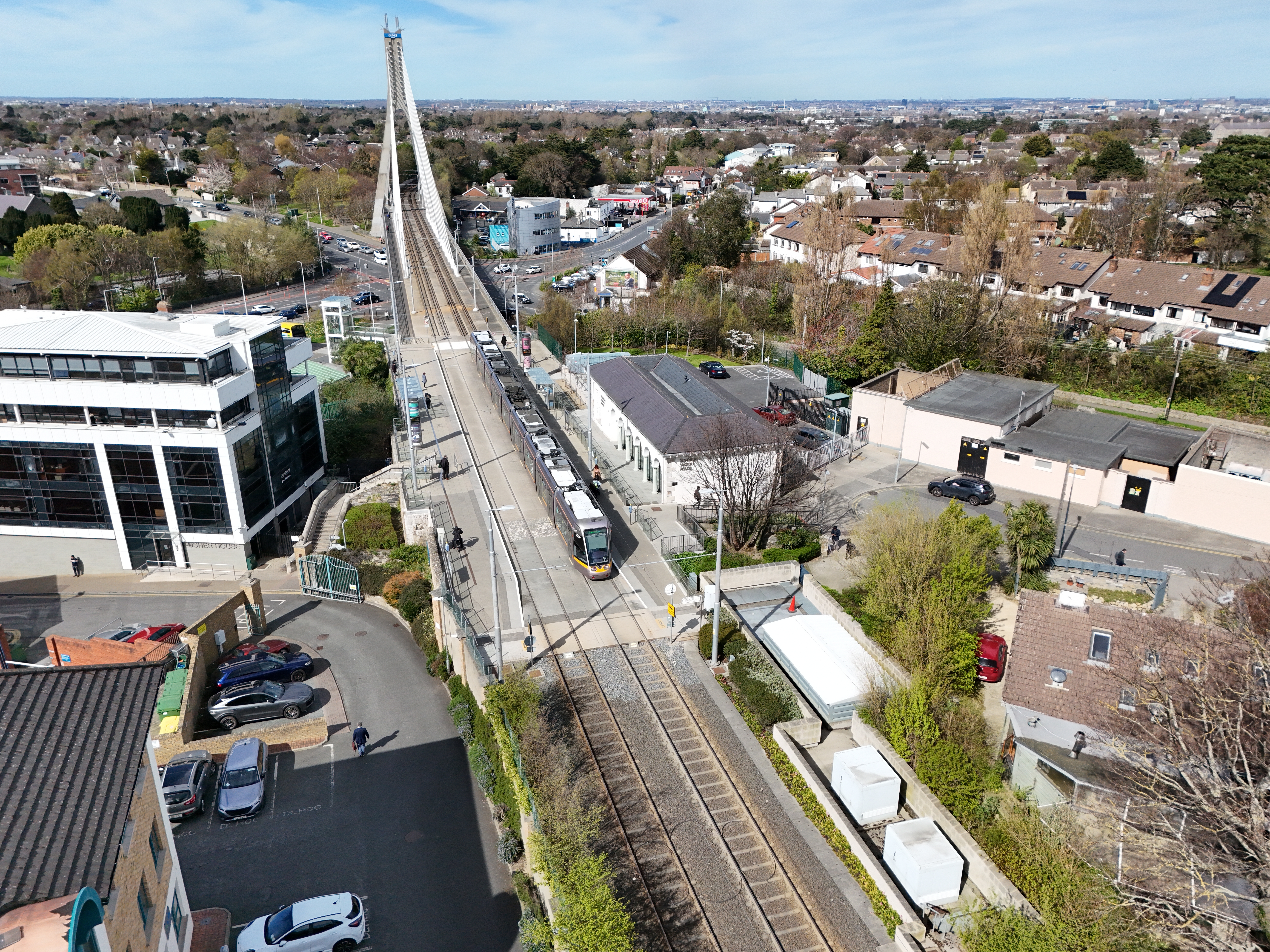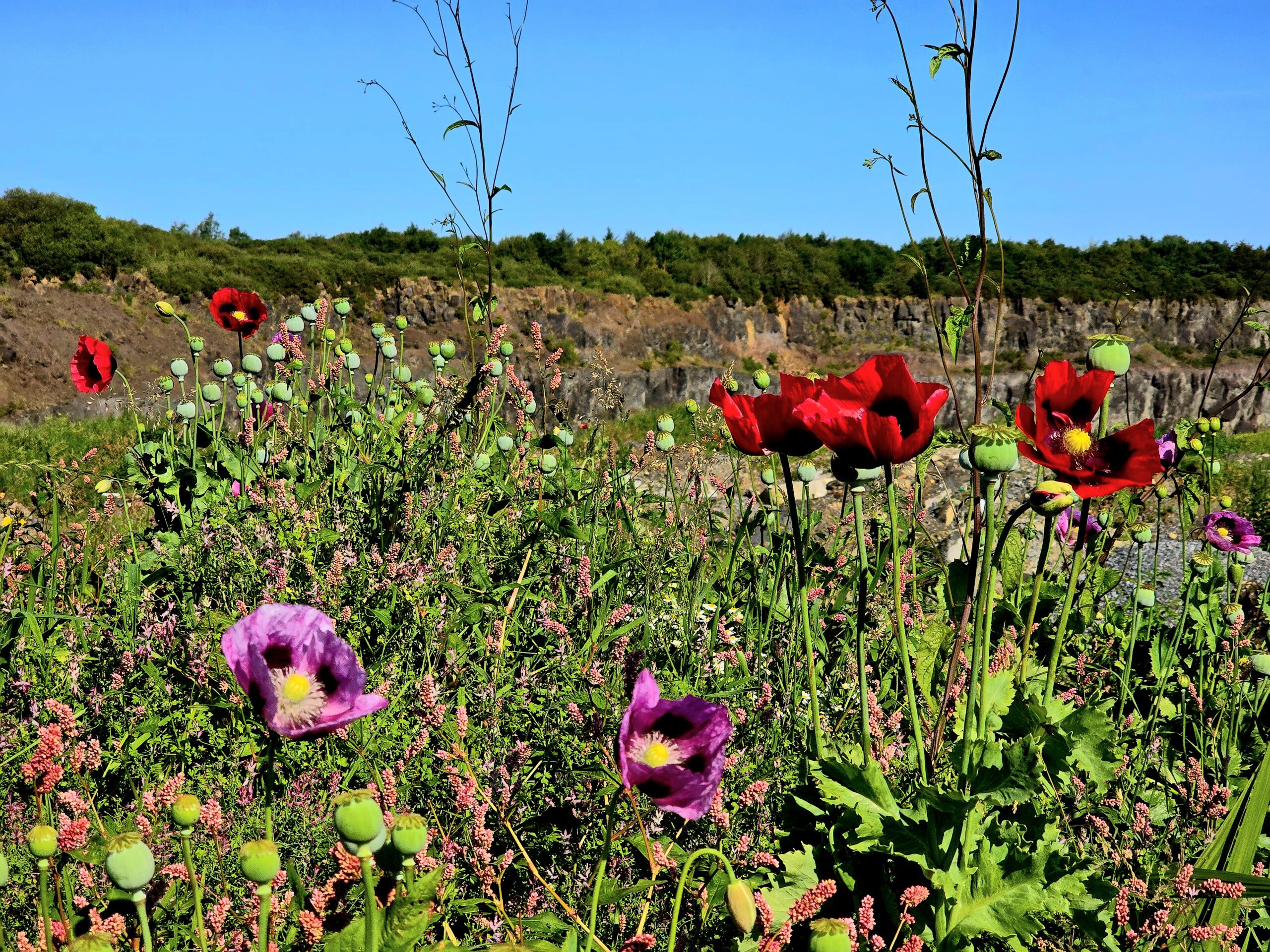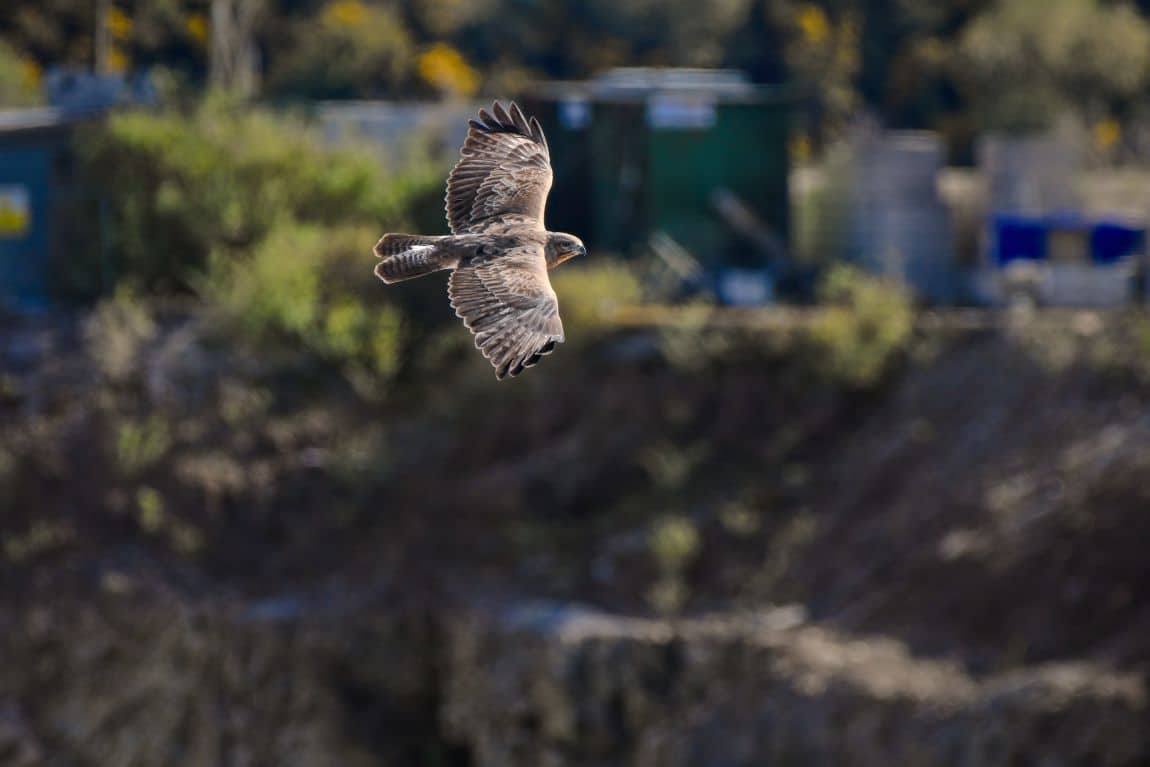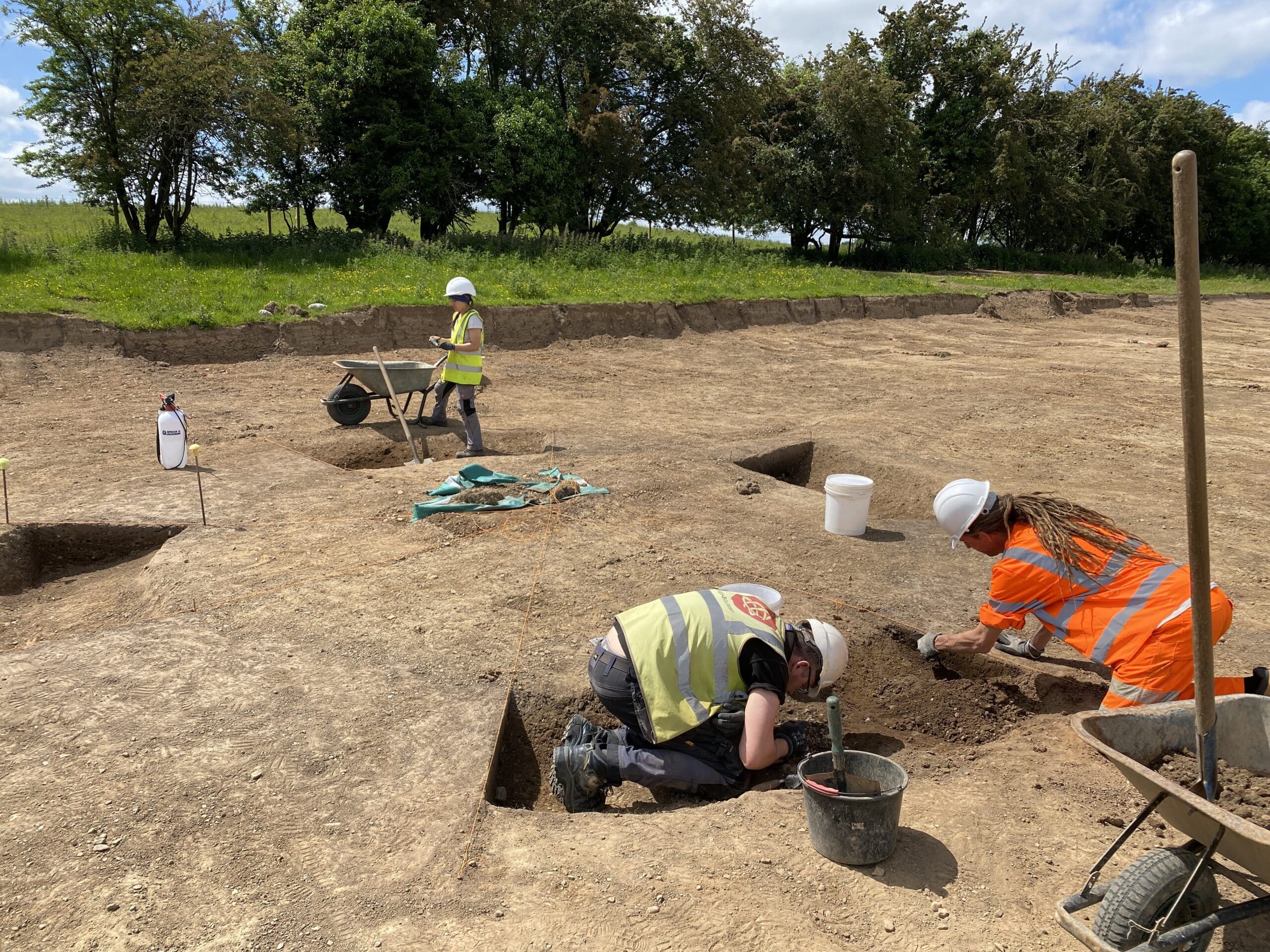Environment




Everything society produces has an environmental impact. Per unit of use, aggregates and concrete have a similar or lower impact than other construction materials but given their availability and performance, society uses large quantities of these products. Concrete is the most-used man-made material on earth. This scale of use puts a special onus on the industry to embed sustainability across all of its operations.
Climate Change
There is carbon emitted at each stage of life of a building or infrastructure asset; from the extraction, manufacture and delivery of raw materials to site to the operational carbon emitted due to energy and water use over the asset’s life, carbon due to maintenance or refurbishment during its life and finally, carbon arising from its ultimate demolition at end-of-life. This is the case for buildings constructed with all construction materials. The aggregates and concrete manufacturing industry is working to reduce every aspect of this and is committed to doing so in a transparent and collaborative fashion; ‘embracing the numbers’. A key component of carbon in concrete relates to the amount of Ordinary Portland Cement in the mix. There has been significant reduction in the carbon intensity of concrete mixes (>30% over the last 15 years) with the adoption of CEM II cements, alternative fuels and thermal efficiency measures at cement plants and the use of cement replacements. The European cement industry is working towards carbon neutrality by 2050.
Concrete can also have carbon benefits for projects. It is durable and its thermal mass can be used to reduce the operational carbon of the buildings in which it is used. It carbonates over time, taking in and permanently storing CO₂ from the atmosphere. ICF has recently published representative industry Environmental Product Declarations (EPDs) to help designers, clients and contractors put these numbers in context.
Circularity
The durability, high technical performance and flexibility of concrete means that concrete structures can be repurposed for many different uses, extending the lifespan far beyond that of the original asset. When a concrete structure is dismantled, concrete elements can be re-used, or demolished and crushed and be 100% recycled as aggregates. ICF is working closely with its members, the construction industry, government departments/agencies and other stakeholders to increase the safe, allowable use of recycled aggregates in Ireland.
ICF members are committed to the restoration of sites in a manner which promotes the protection of the environment, biodiversity and amenity value to the local community. This will often involve filling an exhausted quarry void with soil and stone from new building projects elsewhere and returning the site of the former quarry to agricultural, forestry or amenity use. With time, nature reclaims a quarry and left alone, the quarry landscape can revert to a rich zone of biodiversity with little intervention from human hands. Reinstatement and after-use are an integral part of the site management process and form an important aspect for our industry. A restoration plan should be drawn-up by the developer of the existing operation to ensure that where practicable, progressive or phased reinstatement is carried out. Final reinstatement is initiated when extraction is completed. The aim of any natural restoration plan is to restore ecological balance and to produce self-sustaining plant and wildlife communities and habitats. Old quarry sites can create both terrestrial and wetland habitats for wildlife, significantly contributing to Ireland’s biodiversity.
Biodiversity
Pits and quarries can be natural biodiversity havens by creating new habitats. Quarries can provide important roosting and nesting sites for cliff nesting birds. Sand martins, plovers, falcons and kestrels all breed successfully in quarries and pits. Sand banks and exposed soft substrates can provide an important habitat for bees and other invertebrates. Shallow and temporary ponds can be an important habitat for amphibians. Dry grassland can support a wide variety of broad-leaved herbs and grasses and sometimes host rare species like orchids. Quarries are often filled in with water to create lakes and reed beds which encourages wildfowl. Borders around quarries and concrete facilities are often planted with diverse, native trees or ‘re-wilded’. The industry recognises the impact of its extraction activities on the landscape and encouraging biodiversity is a key part of the concrete industry’s sustainability policy. ICF and the National Parks and Wildlife Service have produced “Guidelines for the Protection of Biodiversity within the Extractive Industry” to help operators to consider biodiversity from planning through to operations and rehabilitation of a quarry.
Archaeology
Quarrying is one of the few ways that archaeologists and palaeontologists can quickly examine large areas of land to uncover evidence of the history. Because of this, many incredible discoveries have been made as a result of mineral extraction. In partnership with the Department of the Environment, ICF has published an Archaeological Code of Practice to provide a framework withing existing legislation and policies to enable members of the ICF to expand their operations whilst carrying out appropriate archaeological mitigation.Working through the Code the ICF Project Archaeologists works closely with ICF members at site selection stage to identify areas of high archaeological potential and thereby avoid impacts on archaeological heritage.
